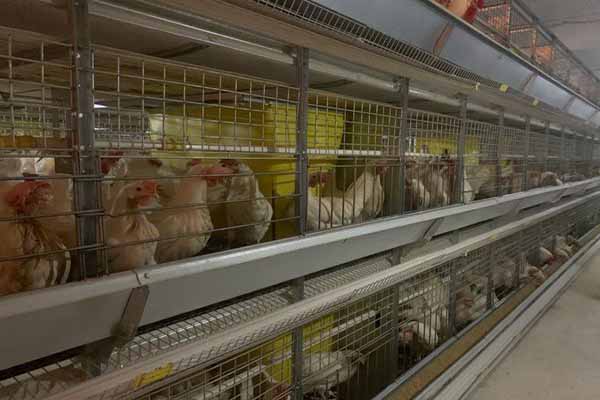Uganda Chicken Farm Automation: The Cost Control Strategy Behind the Equipment
Time : 2025-04-23
In the bustling heart of Uganda, the poultry industry is witnessing a transformation. With the increasing demand for chicken and the need to ensure food security, chicken farm automation has become the new norm. But with this technological advancement comes the question: how to control the costs effectively? In this article, we’ll delve into the world of Uganda chicken farm automation, the equipment involved, and the cost control strategy that makes it all possible.
Understanding Chicken Farm Automation in Uganda
First things first, let’s understand what chicken farm automation entails. It’s not just about installing a few gadgets; it’s about creating a system that can manage the entire poultry process from feed to lay. In Uganda, this has become crucial due to the following reasons:
– Population Growth: The growing population means a higher demand for poultry products.
– Food Security: Ensuring a stable supply of chicken is vital for food security.
– Health and Hygiene: Automation helps maintain higher standards of health and hygiene, reducing the risk of diseases.
The Role of Automation Equipment
Now, let’s talk about the equipment. The key to successful automation lies in the right equipment. Here are some of the essential automation equipment used in Uganda chicken farms:
– Feeders: Automated feeders ensure that the chickens receive the right amount of feed at the right time.
– Waterers: Automated waterers provide a constant supply of clean water.
– Environmental Control Systems: These systems regulate temperature, humidity, and CO2 levels for optimal chicken growth.
– Monitoring Systems: Sensors and cameras are used to monitor the health and behavior of the chickens.
– Hatching Machines: For those involved in breeding, automated hatching machines are a game-changer.
The Cost Factor: A Concern for Every Farmer
While automation offers numerous benefits, the cost is often a major concern. Here’s how Ugandan chicken farmers are tackling this challenge:
1. Budgeting and Planning
Before investing in automation equipment, it’s essential to have a clear budget and plan. This involves:
– Assessing Needs: Understand your farm’s specific needs and choose equipment accordingly.
– Researching Costs: Gather quotes from different suppliers to compare prices.
– Prioritizing: Focus on the most critical equipment that will offer the best return on investment.
2. Leasing vs. Buying
One of the cost control strategies is to lease equipment instead of buying it outright. This way, you can spread out the costs over time and avoid a large upfront investment.
3. Energy Efficiency
Energy costs can be a significant portion of your budget. By investing in energy-efficient equipment, you can reduce these costs. For example, using LED lighting instead of traditional bulbs can save a lot of money in the long run.
4. Maintenance and Upkeep
Regular maintenance can prevent costly repairs down the line. Ensure that your staff is trained to handle the equipment properly and schedule routine check-ups.
Case Study: Successful Automation in Uganda
Let’s take a look at a real-life example of a chicken farm in Uganda that successfully implemented automation:
– Farm: Uganda Poultry Co.
– Automation Equipment: Feeders, waterers, environmental control systems, and monitoring cameras.
– Cost Control Strategy: The farm started by leasing the equipment and gradually bought it as the business grew. They also focused on energy-efficient solutions and regular maintenance.
Conclusion
Automation in chicken farming in Uganda is not just a trend; it’s a necessity. By implementing the right cost control strategy, farmers can enjoy the benefits of automation without breaking the bank. Remember, the key is proper planning, budgeting, and choosing the right equipment.
—












